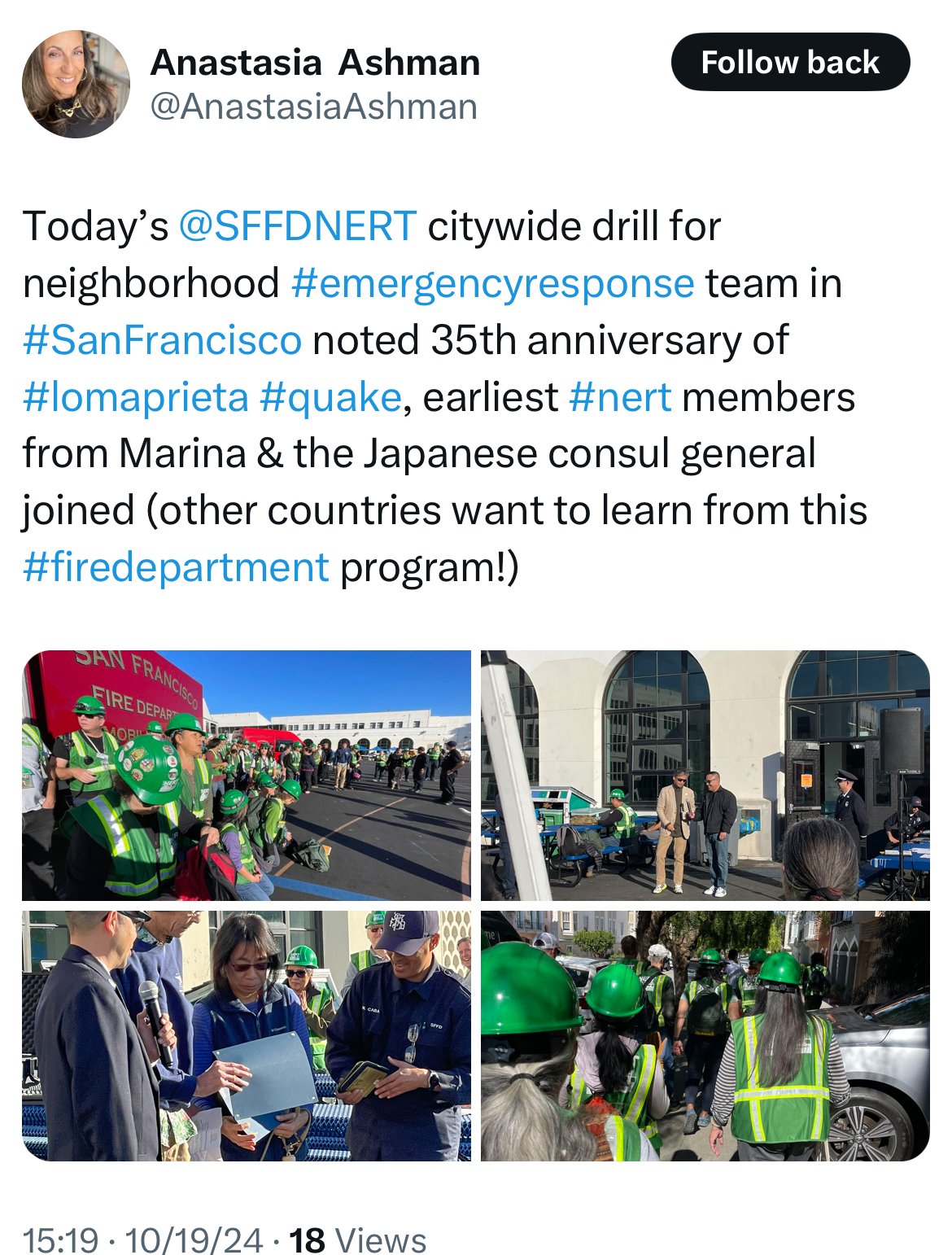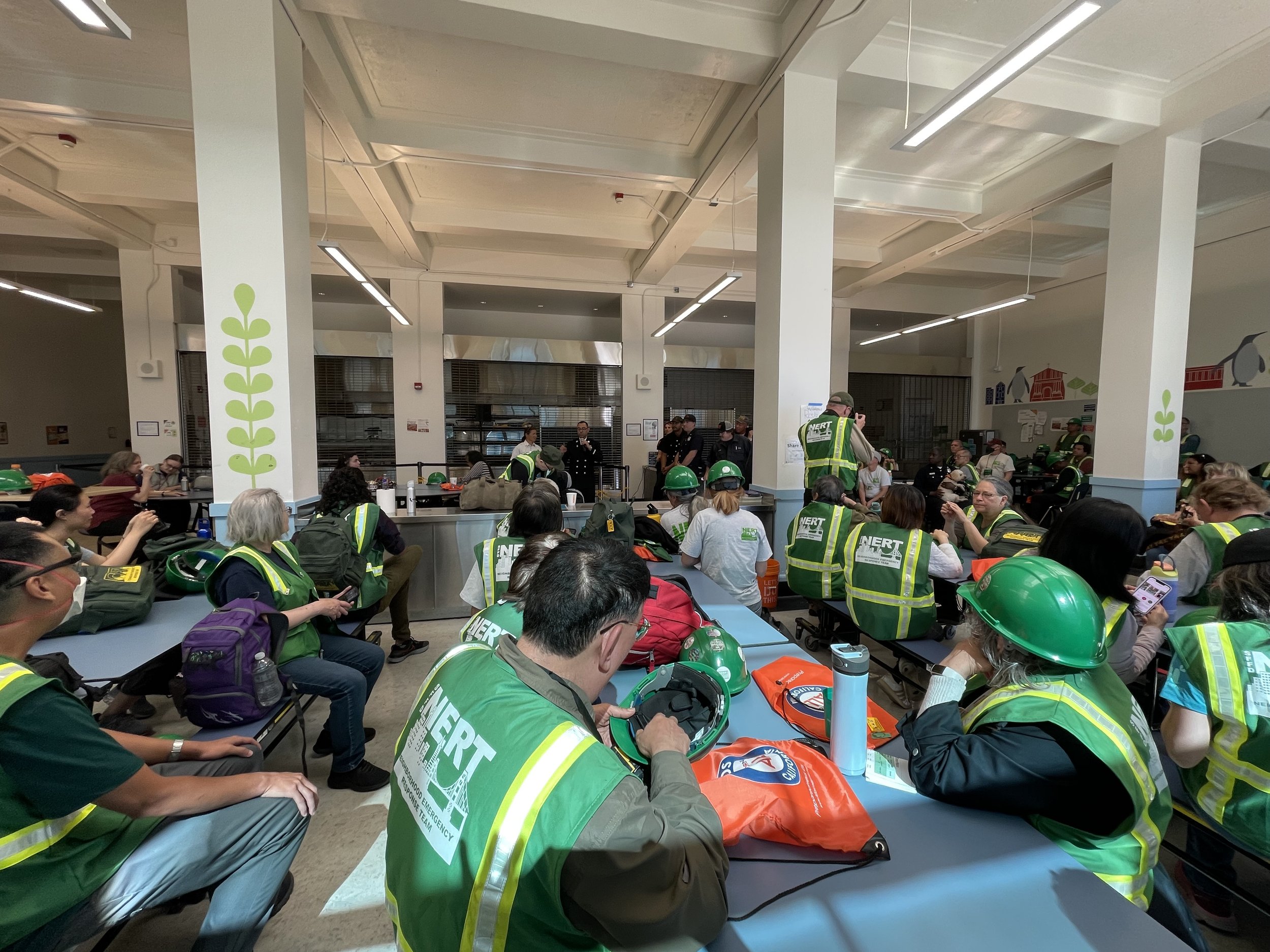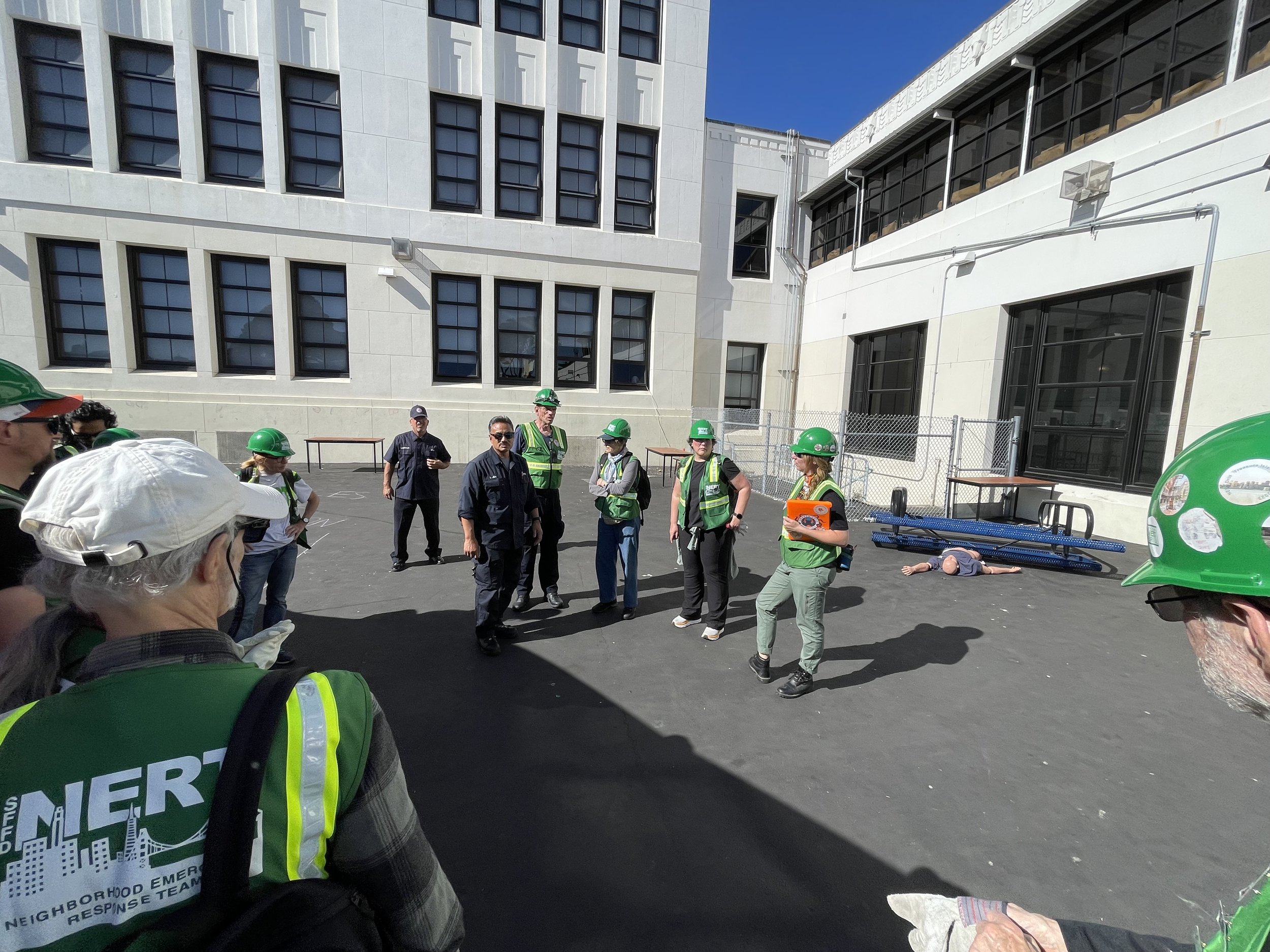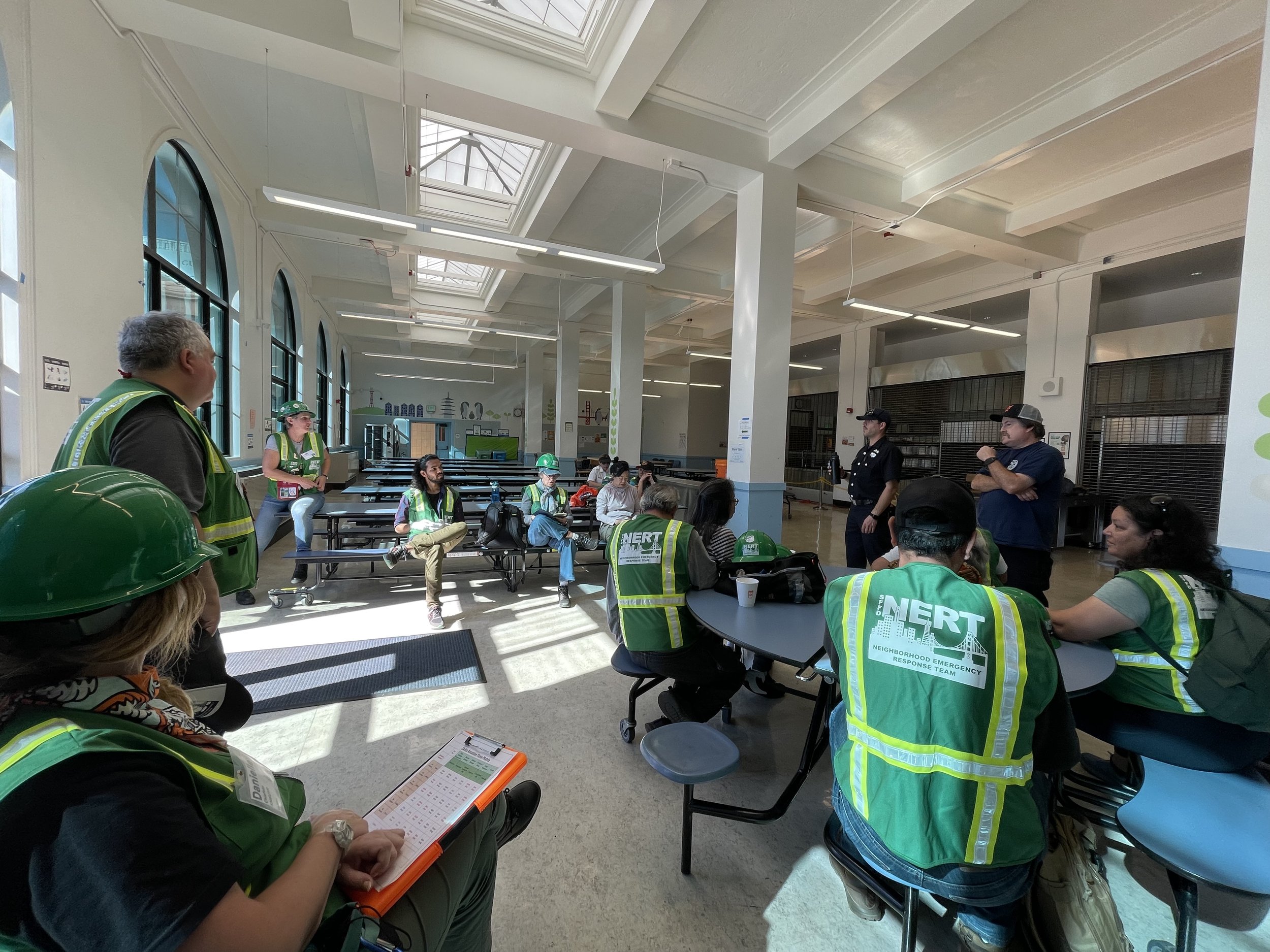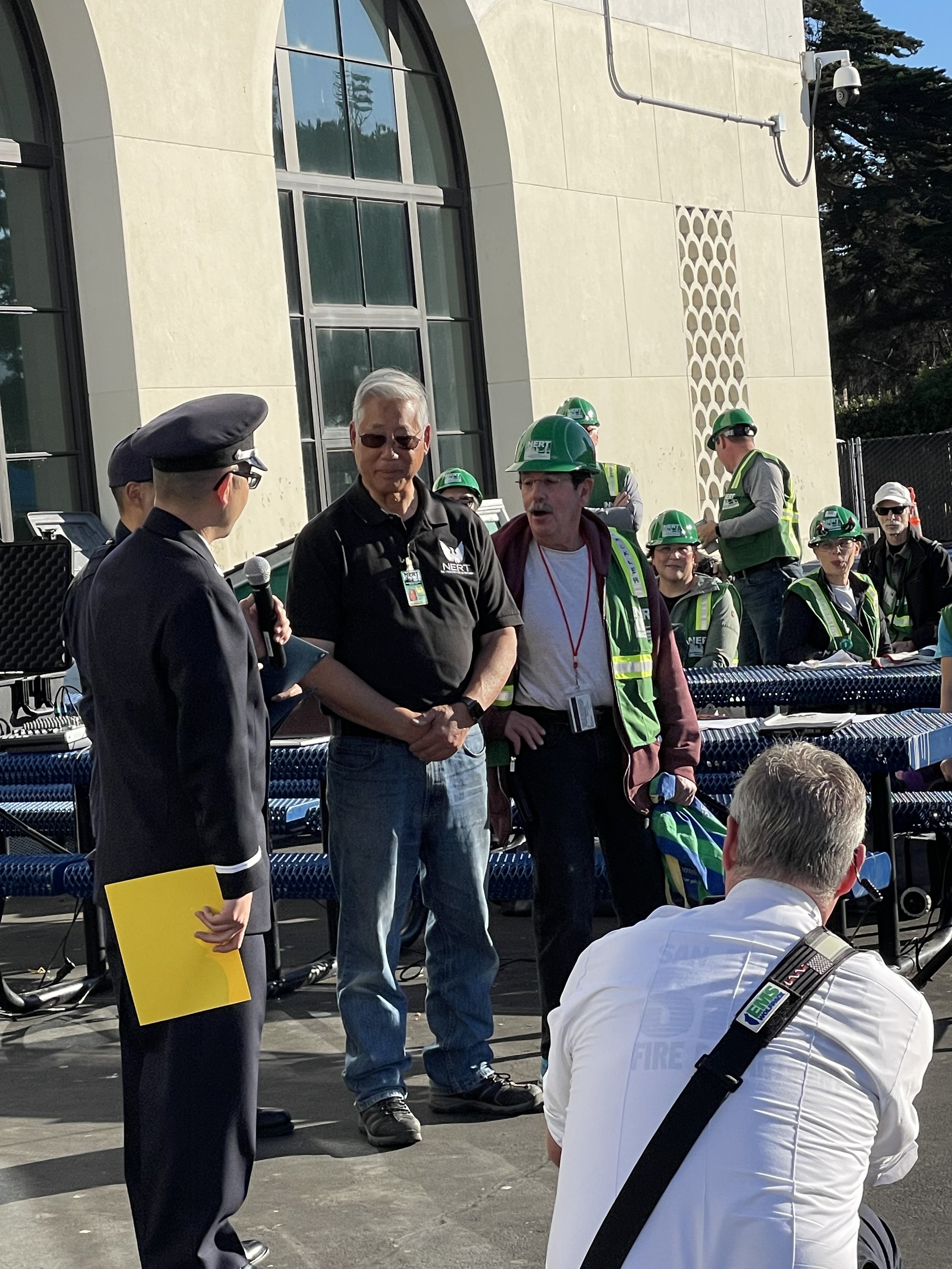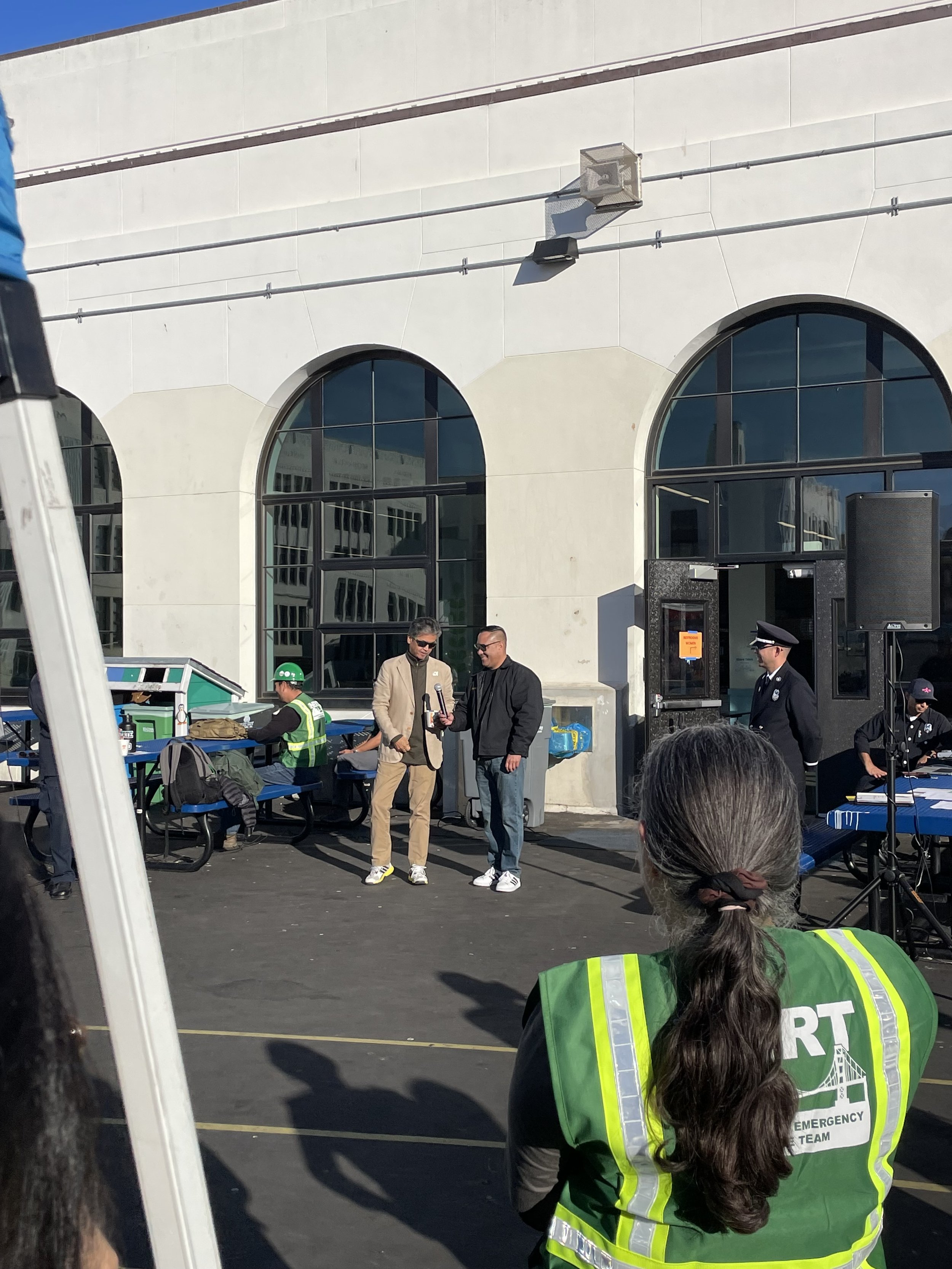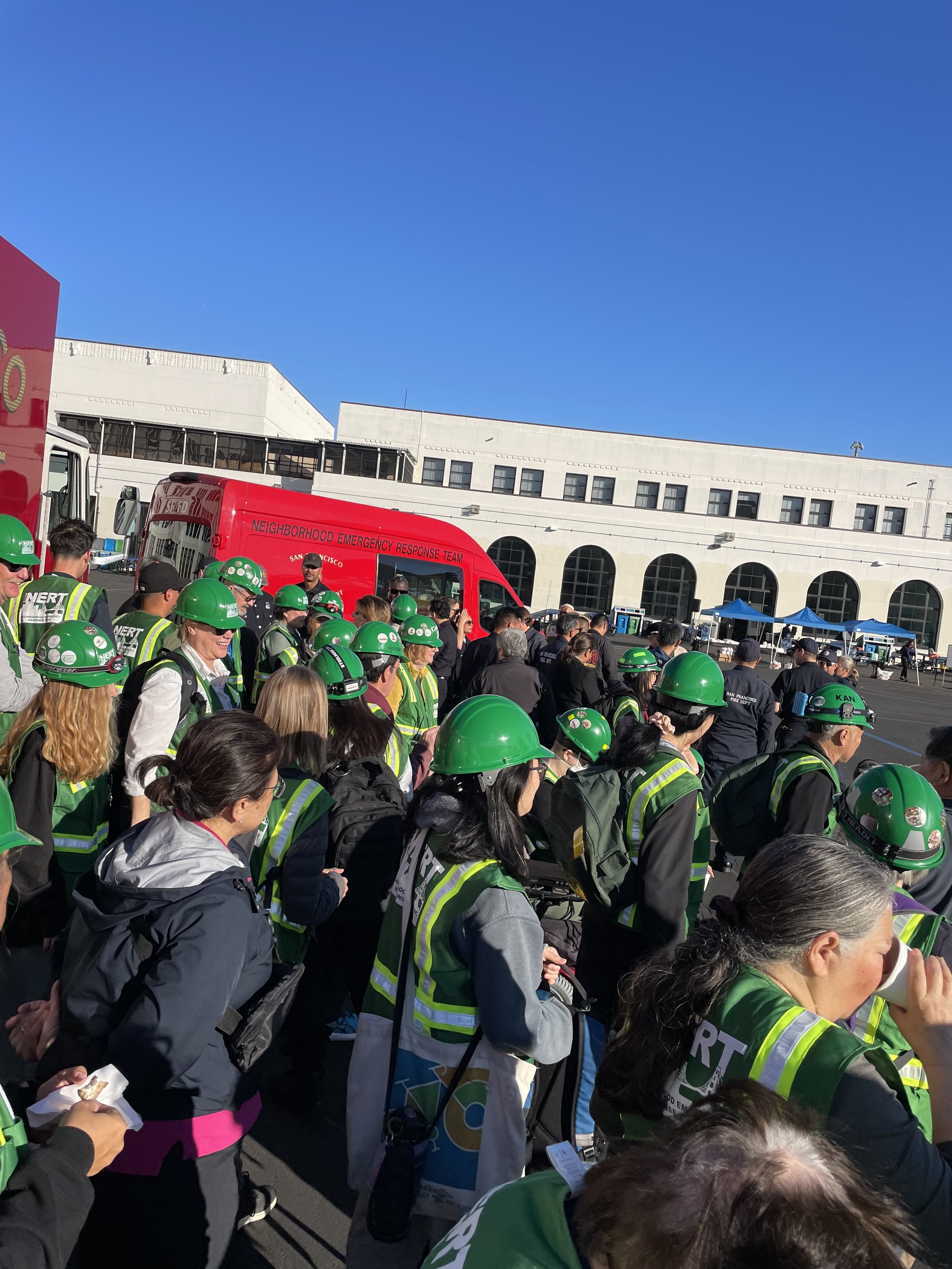The day after the 2024 US Election.
Related data points in my timeline:
A certain personality type is found to most readily fall for poor information.
Also, news- information- digital- and media-literacy are teachable and learnable.
We need to help people be better information citizens.
That fact has never been clearer. It’ll help people be better voters, better neighbors, and better able to collectively work on our biggest issues, all the way to the climate crisis. It’s why I keep looking for ways to bring KIP, my passion project of the past 9 years, to the world.
Click on any of the tags below to see my previous posts on these topics which millions are now waking up to today. Click on the headline of each post to open it and see continue clicking on the tags in each post to dive deeper.













